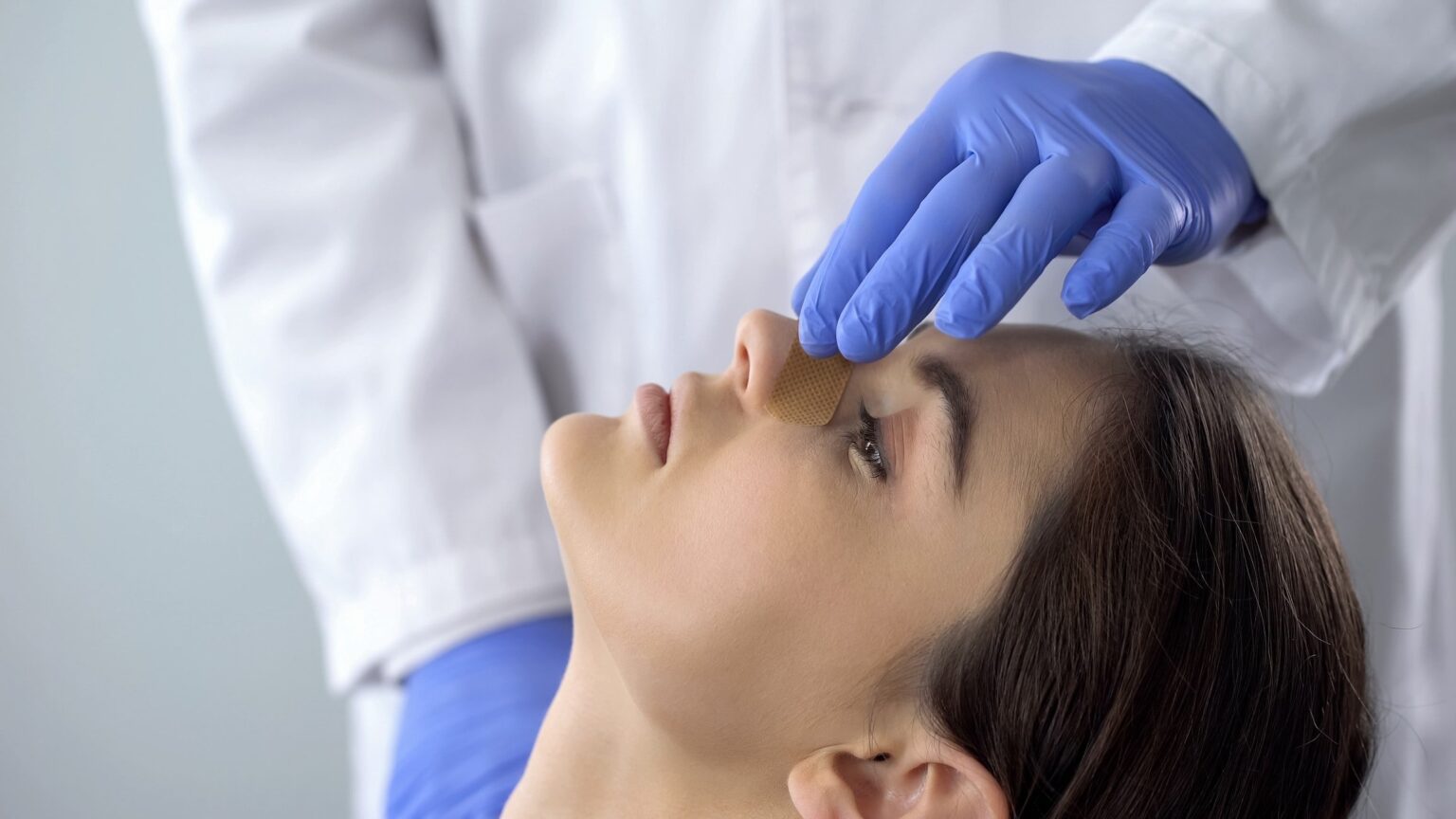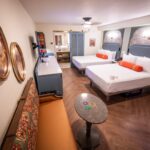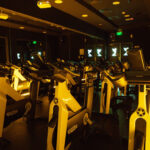Dr. Anil Shah discusses how his book Nosecentric Helps both patients and surgeons improve communication, realistic goals and reduces the risk of review -Rhinoplasty.
Rate rhinoplastic rates rise, but many of these cases can be avoided with better patient education and the communication of Clereer comes up. In Nosecentric,, Anil R. Shah, MD, FACS, created in Chicago, creates that gorge with a practical, patient -oriented guide who is designed to help individuals choose the right surgeon and manage their expectations. Although written for patients, the book also offers valuable lessons for younger surgeons that navigate the challenges of building a rhinoplastic practice. In this interview, Shah shares insights into patient education, managing assessment risks and why honest, collaboration consultation is crucial for long -term success.
Plastic surgery Practice: Your book Nosecentric Present Rhinoplasty as a deeply individualized procedure. What has you encouraged to write a guide for the patient and how do you see that it is also useful for younger rougoons?
Anil R. Shah, MD, facs: I have seen many cases of revision of soy in which, if the patient had asked a few important quests during the first consultation, they would probably have chosen another wave – a surgery Altgery Altgery. The purpose of Nosecentric Is to train patients to give them the tools to identify a qualified Rhinoplaty that is based on their aesthetic goals. This book is not about generating more patients for me; It’s about helping patients to find the right surgeon for them.
For younger surgeons, Takeoway is about honesty. Being clear about their own skills and understanding which patients they can really help. There is an offer to starve to more cases in the beginning, but it is crucial to select patients which goals you can achieve realistically. Clear communication and self -awareness are the key.
PSP: AAFPRS data show an increase in revision Rhinoplaty. What are the most common reasons for revisions and how can surgeons better manage expectations during primary procedures?
Shah: There are many reasons why assessment issues take place, but the must -usual is that the original operation was performed by Sub Subsho was not fully qualified. Rhinoplasty is one of the most complex procedures in plastic surgery, and even in expert hands, reviews may be needed. But the success rate dramatically when the primary arlage is experienced and competent.
Another problem is my communication. Many patients I see for an overview never saw imaging or visuals before the operation – the lesumed what they would like to arise. Digital imaging is a powerful tool to coordinate expectations and to ensure that both surgeon and patient are aesthetically on the same page.
PSP: You emphasize that a nose must supplement the entire face instead of following volatile trends. How do you guide patients to that concept, specifically in a social media-driven world?
Shah: Social media is a double -edged sword. On the one hand, patients can help identify aesthetic preferences and examine potential surgeons. In NosecentricI outline how I can critically evaluate the social media of a surgeon – IPH everything you see are intraoperative recordings and filleted selfies, that is a red flag. But if you see detailed content, including videos, different healing phases and a wide range of nossasen, you may have found a surgeon who is worth advice.
The disadvantage is the unrealistic expectations that social media can create. Sub patients think that a non -surgical rhinoplasty will be smaller, or that they look perfect a week after a surgery. Others want to look completely like Subireone different. In consultation, I concentrate on their unique strengths and help them visualize an improved version of themselves, not a copy of Sub Sumone.
PSP: The book introduces tools and statistics for patients to assess their own nossos. Is this empowerment or can consult with self -diagnoses complicated?
Shah: I am a strong supporter of the patient’s empowerment. The more patients understand their nose, just like the structure and limitations, the better they can evaluate whether a surgeon is really equipped to help them. For example, if a patient mentions the withdrawal of nostrils and the surgeon has no idea how to treat it, that is a sign. Qualified Shaduld are Uble to explain their approach, show an example and walk the patient through their plan.
I even share surgical videos during consultation to explain my thinking process. If a patient connects to my reason, this is usually a great match. If not, that’s okay. My goal is that they find Sumone WHO philosophy, fits in with Eses.
PSP: You also treat the relationship between nasal function and appearance. How often is it part of the conversation part of the conversation, even when patients have focused on aesthetics?
Shah: All the time. If an Ariseon does not even investigate your nasal respiratory tract with a speculum, as I mention in the book, you may have better opportunities that the lottery play than a successful result.
Many patients do not mean that their breathing is not optimal until we begin to discuss it. The benefits of good nasal air flow are Hage – Moistening, Better Oxygen Exchange, Less Snoring, More Nitrogen Oxide Production. There is a reason why the book is street Nosecentric. In Ayurvedic medicine, breath is living – and good breathing with a functional nose.
PSP: U Mitery that achieves real face harmony subtimes in hanging procedures such as chin -simmentation or fillers. How do you introduce those ideas to patients who are only focused on their noses?
Shah: I approach it softly and without judgment. When Subeone comes to turn into a facial function, they are offs that feel vulnerable. Instead of overwhelming them, I had them handle their images during the consultation. When patients can visualize potential changes themselves, they offer the start of pointing in areas they want to adjust. It will be to make a collaboration process, and that makes the difference.
PSP: What is one principle of Nosecentric You believe that it should be emphasized in RhinoPlastiek training – especially in view of the high demand and overhaul rates of today?
Shah: Listen to your patients. There is a large separation between what is taught and what patients actually want. I have seen so many cases in which Argen about projecting or widening the nose in the name of ‘natural aesthetics’, even when the opposite is of what the patient wants.
The truth is that most patients want smaller, more refined nosses. And that is not only anecdotal IDs supported by algorithmic data about the most-footol faces on social platforms. We have to evolve as emergeons. It is not about imposing our preferences, but patients help reach their vision on beauty – safe, ethical and artistic. PSP
Photo: ID 126516725 © Motion | Dreamstime.com


